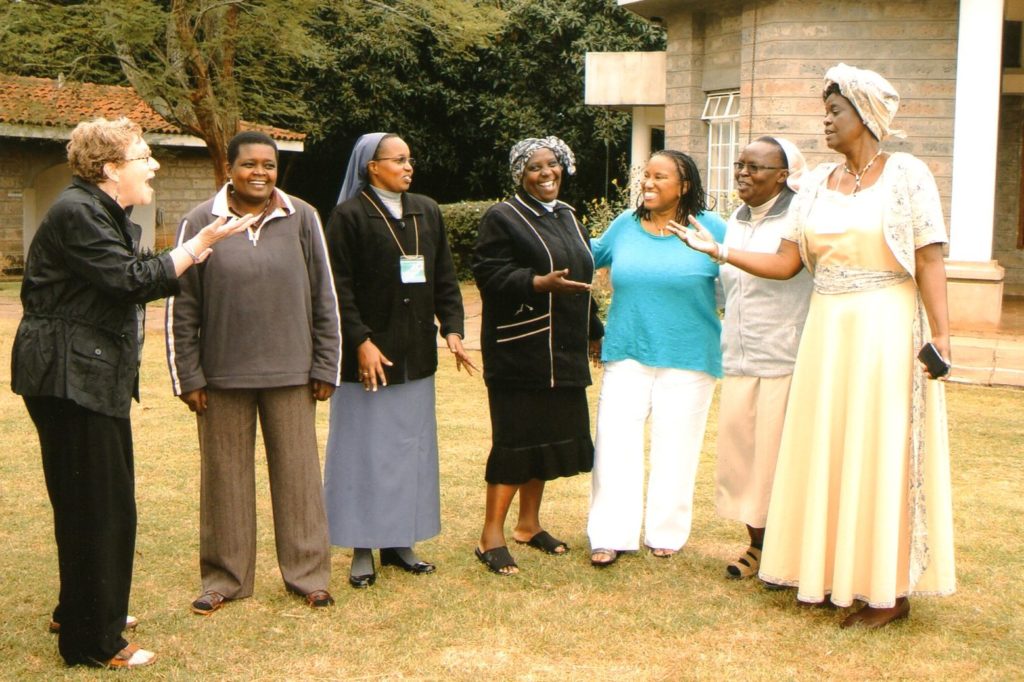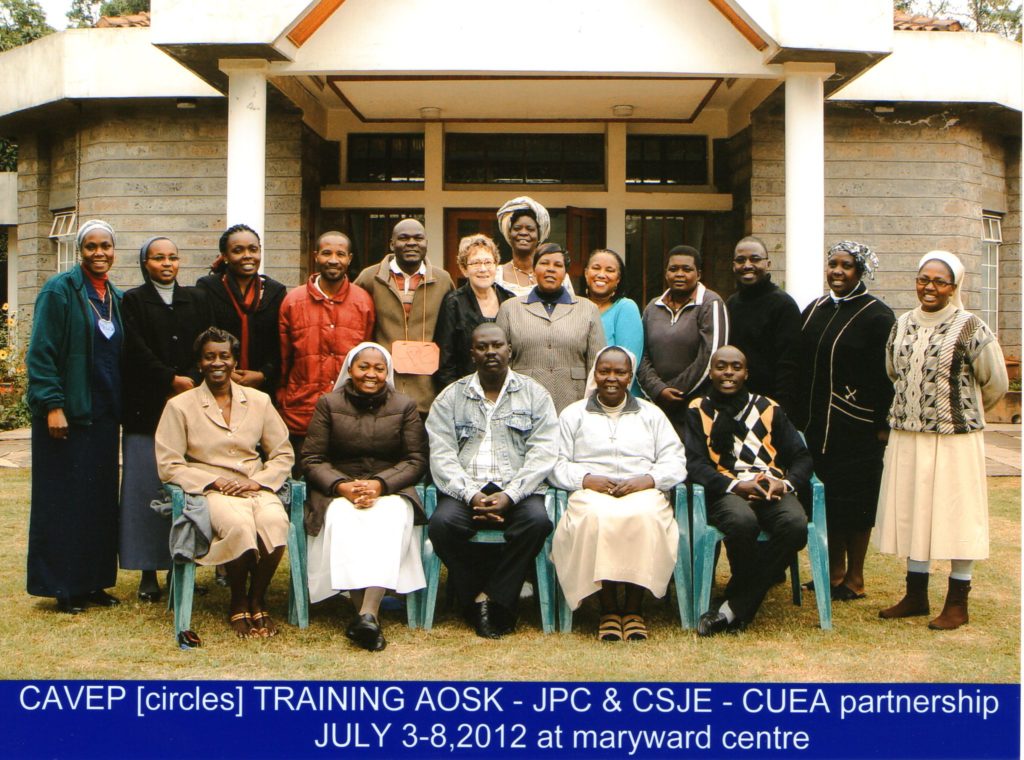What Is Restorative Justice?
Restorative Justice is a theory of justice that emphasizes repairing the harm caused by crime and conflict. It places decisions in the hands of those who have been most affected by a wrongdoing, and gives equal concern to the victim, the offender, and the surrounding community. Restorative responses to crime and conflict, such as peace-making circles, are designed to repair the harm, heal broken relationships, and address the underlying reasons for the offense.
Restorative justice emphasizes the importance of both individual accountability and collective accountability. Individuals are responsible for choices they make resulting in harm to others, but collectives at the neighborhood, city, county, state and national level are responsible for social conditions which increase the likelihood of crime. Crime and conflict generate opportunities to build community and increase grassroots power when restorative practices are employed.
Indigenous Origins
Restorative justice is not new, but derives from indigenous and aboriginal traditions around the world. The specific practices used by Community Justice for Youth Institute have come to us by way of Kay Pranis, Gwen Chandler-Rhivers and Sally Wolf, who learned them from the Tlingit Tagish tradition of the Yukon Territories. Our work has also been greatly influenced by the peace and reconciliation work in the townships of South Africa.
Community Engagement
Restorative justice is about the capacity of ordinary people to identify and solve their own problems. The concentration of power and influence in the hands of professionals has not served communities, particularly communities of color. Restorative practices provide concrete ways for communities to respond to crime and conflict that attend to the feelings and needs of offenders, victims and the community. Individuals involved in restorative practices view themselves as competent to resolve issues, assess community strengths and needs, and advocate for resources. No longer is there passive acceptance that law enforcement and the juvenile and criminal justice systems are their only recourse in addressing crime.
Peacemaking Circles
The primary restorative practice used by the Community Justice for Youth Institute is peace-making circles. The circle is a process that brings together individuals who wish to engage in conflict resolution, healing, support, decision making or other activities in which honest communication, relationship development, and community building are core desired outcomes.
We use circles in the following contexts:
* In communities:
- To resolve conflicts
- To address harm without resorting to police intervention
- To provide spaces for healing after a crime has occurred or a harm has been caused
- To promote communication and relationship building to strengthen community bonds, prevent conflict, and promote community safety
* In schools:
- To resolve conflicts
- To provide a space for students to “check-in”
- To support classroom management
- To create safe spaces for difficult conversations in the larger school community
- To help transition students back to school following suspension or expulsion
* As court diversion:
- In partnership with the juvenile justice system and the community to address “harms” caused by offenders and “reparation” to victims and/or communities
* In the detention center:
- To provide spaces for healing and support for young people awaiting court, preparing to move to youth prisons or placement, or preparing to return to their communities
* In social justice organizations:
- To build relationships and improve communications
- To address internal conflict
- To provide spaces for difficult conversations
- To provide spaces for healing


